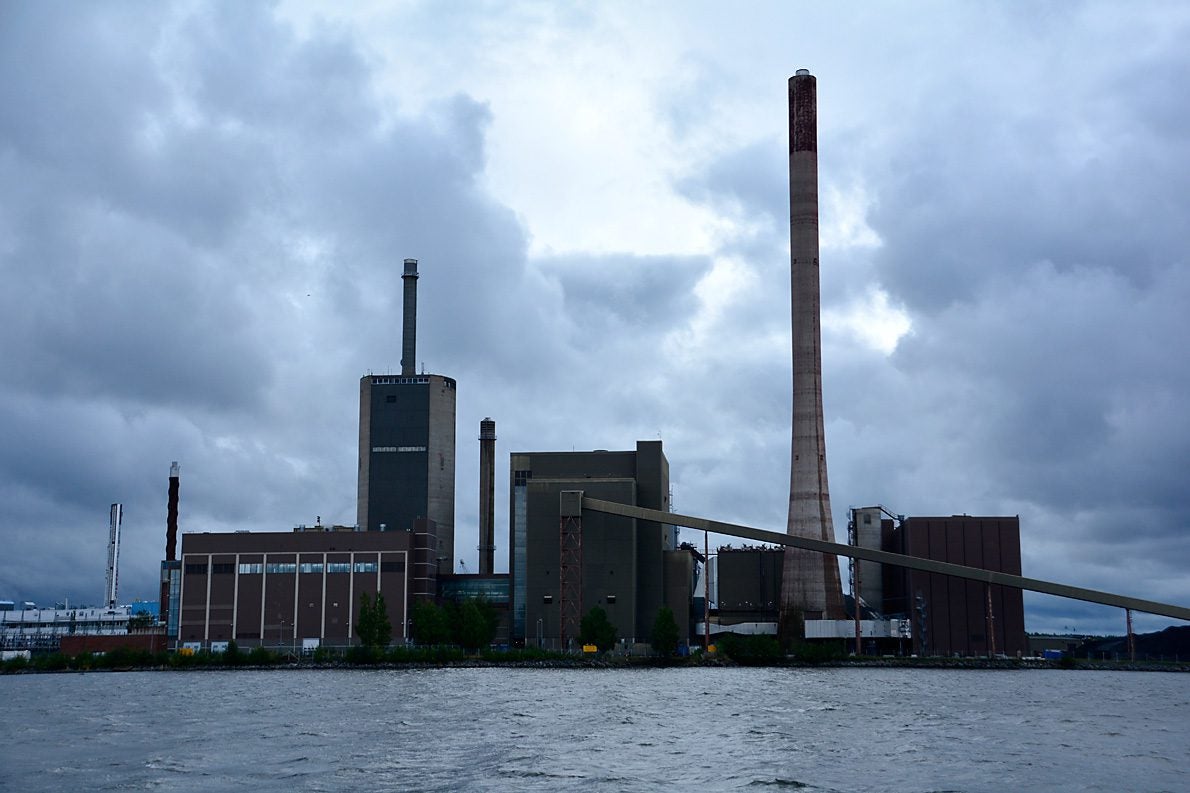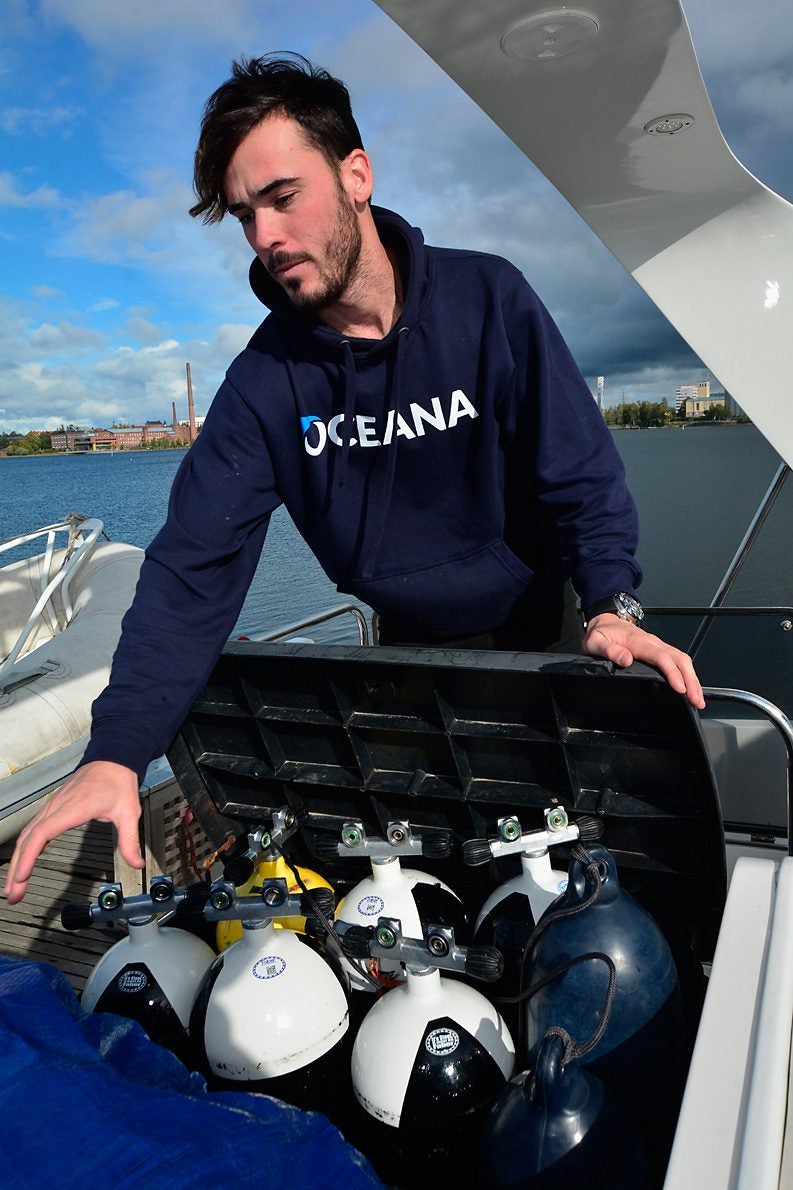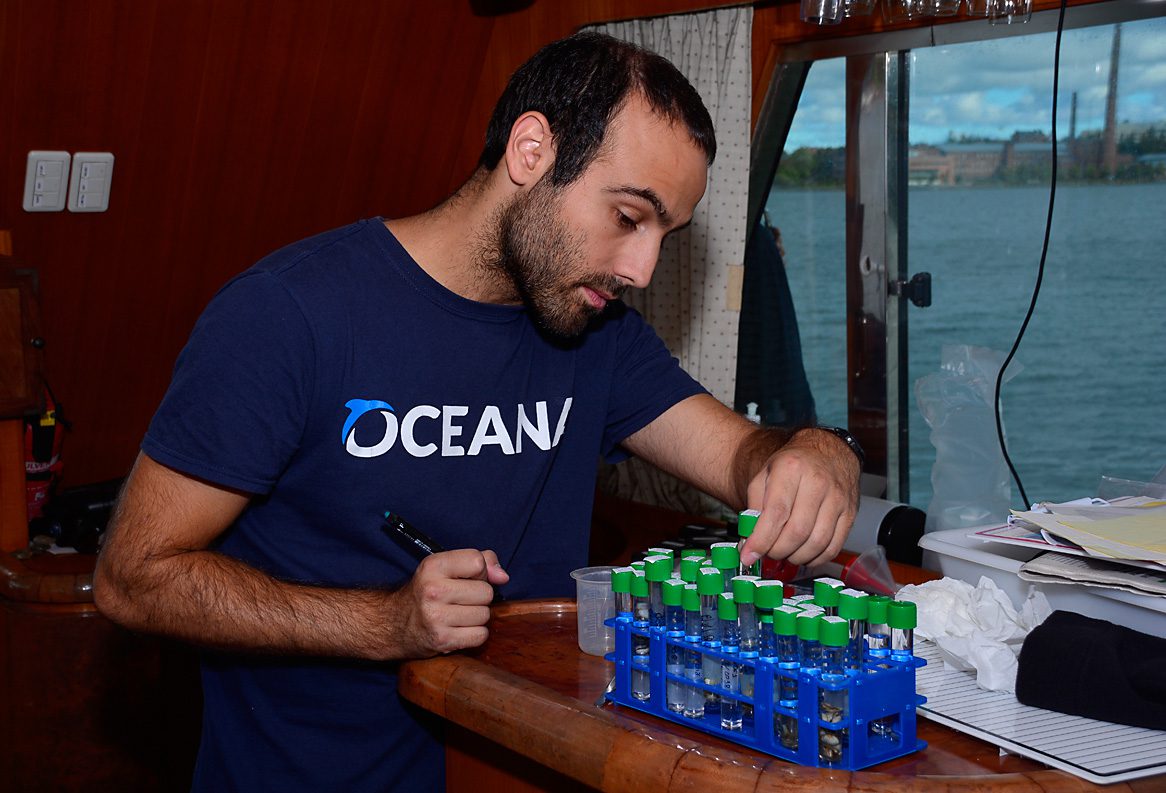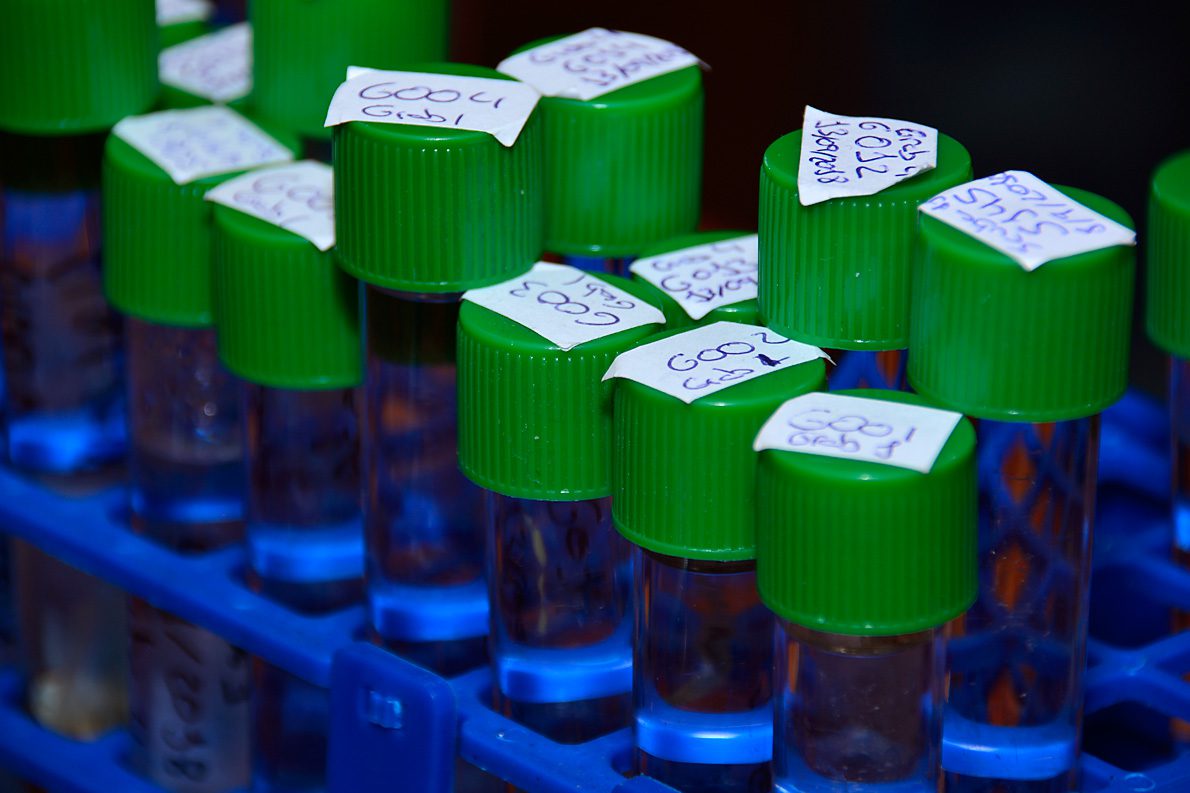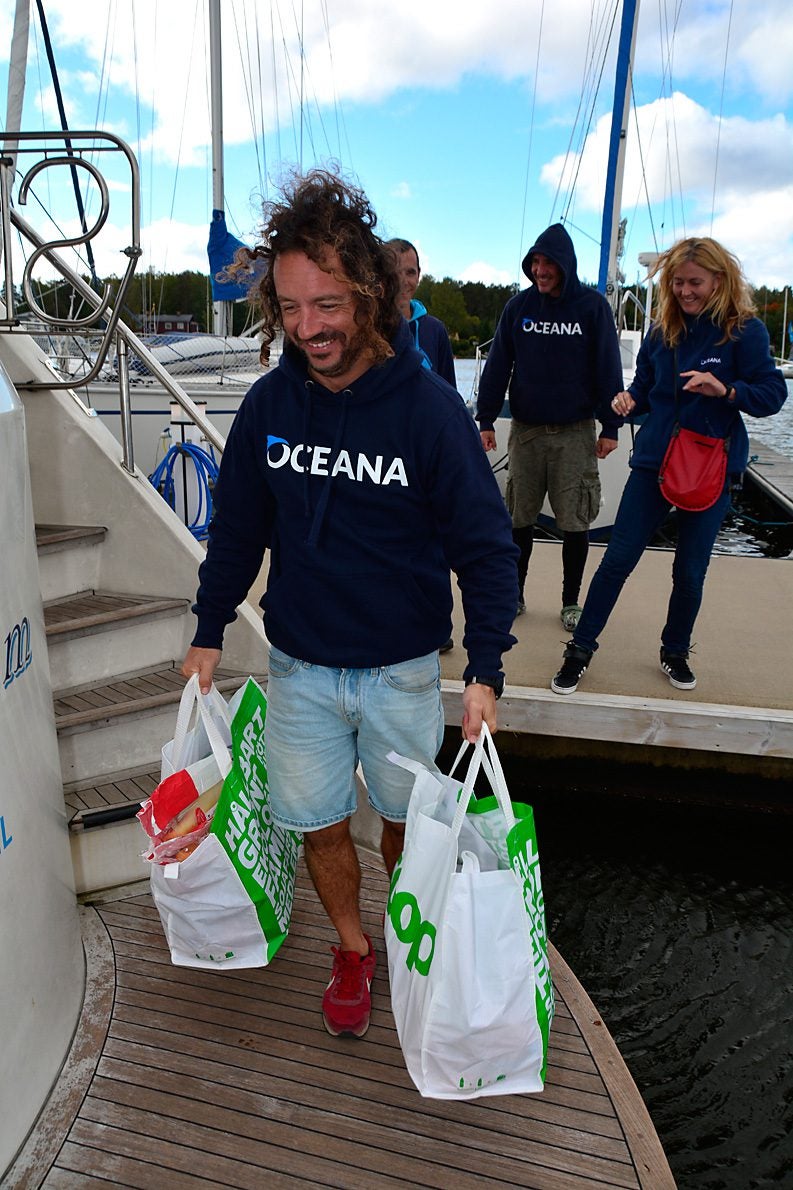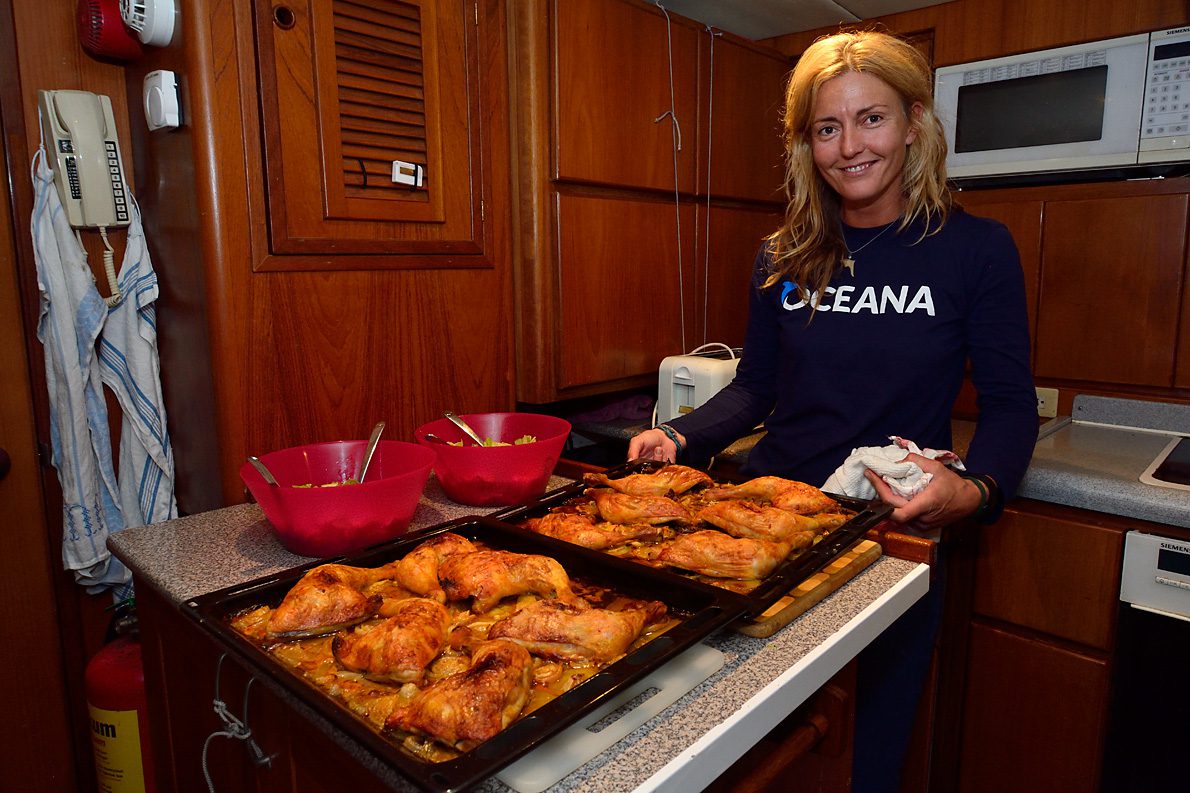September 16, 2018
Lasting Impressions of the Baltic
Being the last diary entry I’ll make on this expedition, I’ll try to tell you, from a personal viewpoint, what I’ve felt throughout these past, intense days.
The scientists on board, led by Ricardo Aguilar, have already classified some 70 species. As you can imagine by now, this is despite the fact that out of dozens of dives, we’re only able to document small variety of invertebrates, fish, plants or algae at a time.
Of all the campaigns that I’ve took a part in and of all the places I’ve visited throughout the world, this is by far the area with the least marine biodiversity I’ve ever filmed or photographed. However, despite this challenge to document new species, it’s always a true pleasure to unlock the secrets that this part of the Gulf of Bothnia and the Baltic Sea hide. Each of the species here have adapted to brackish waters and each play an important role in the Baltic Sea’s ecosystem. For example, take the marine plants and the underwater insect larvae that live on them, these seem to be valuable transitionary habitats between marine and land environments.
For me, these tiny creatures seem to be locked in time, living out both the harsh conditions that are naturally found here and the ever-growing anthropogenic impacts generated throughout the last century.
God willing, that through more awareness and respect, future generations will be able to enjoy a healthier Baltic Sea.

